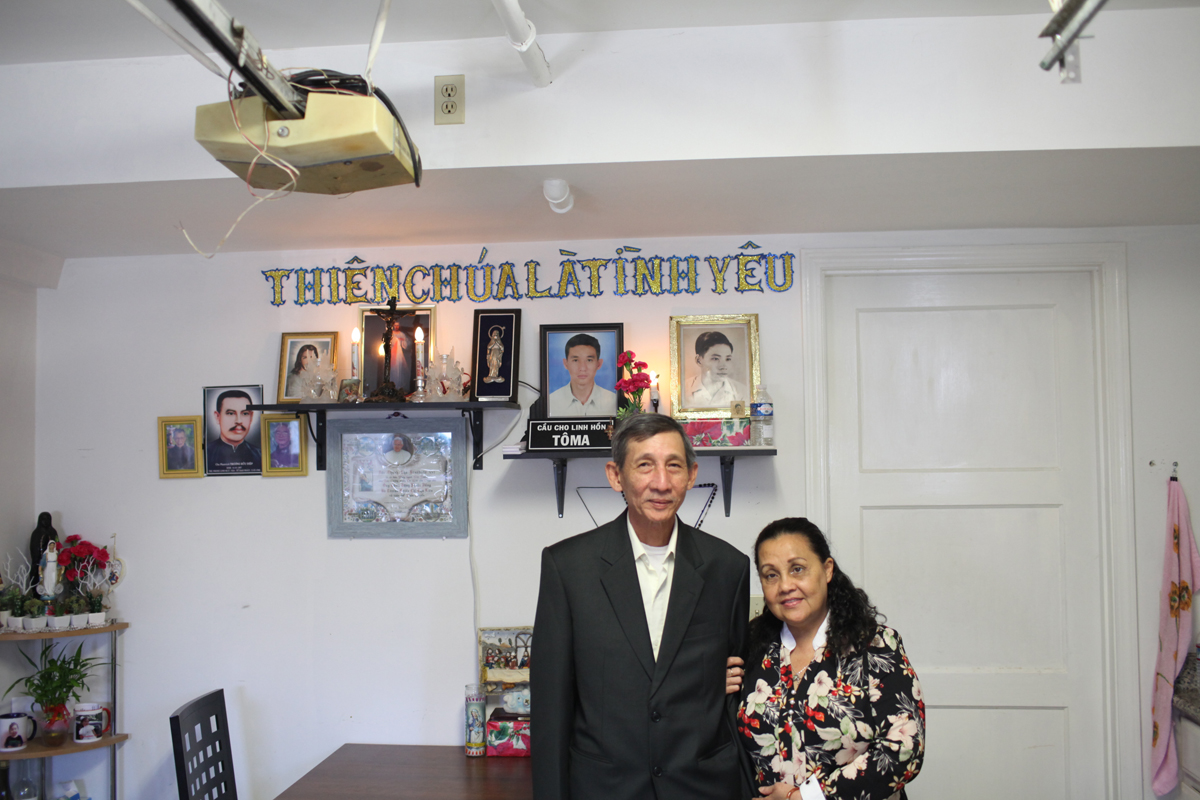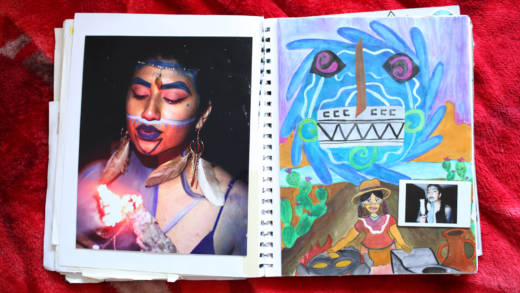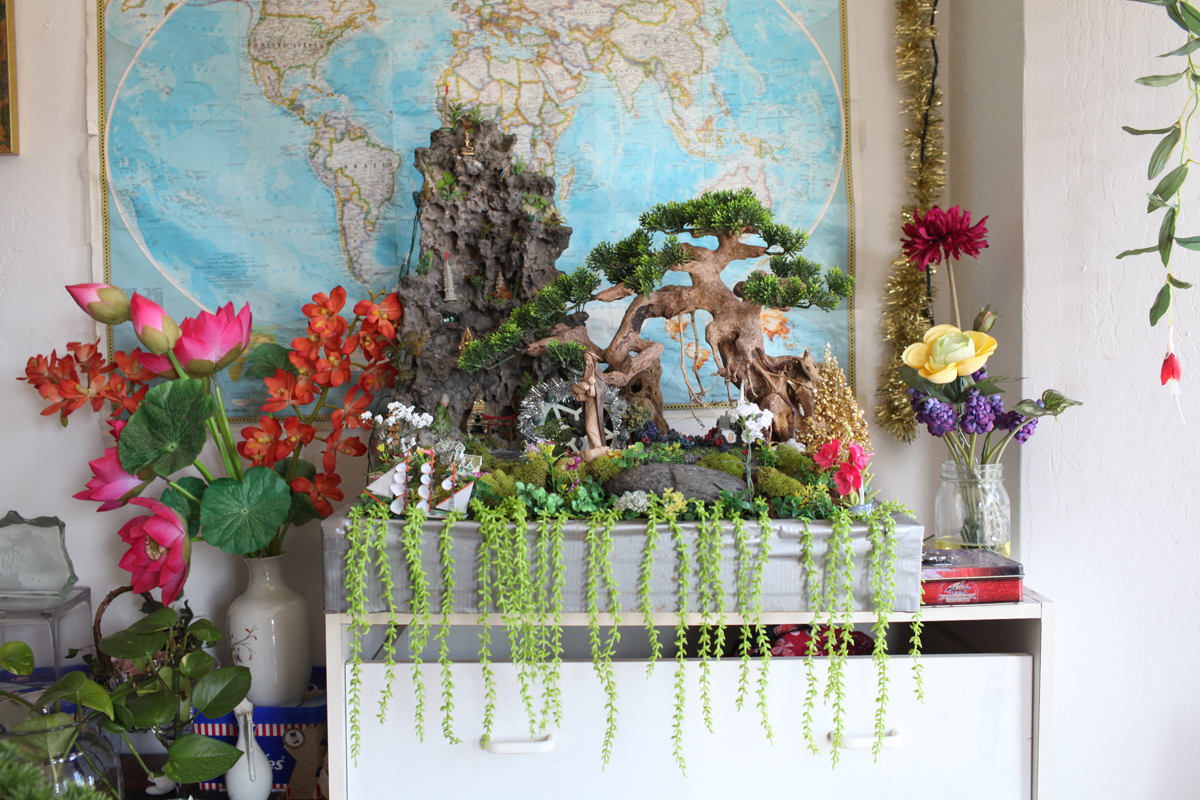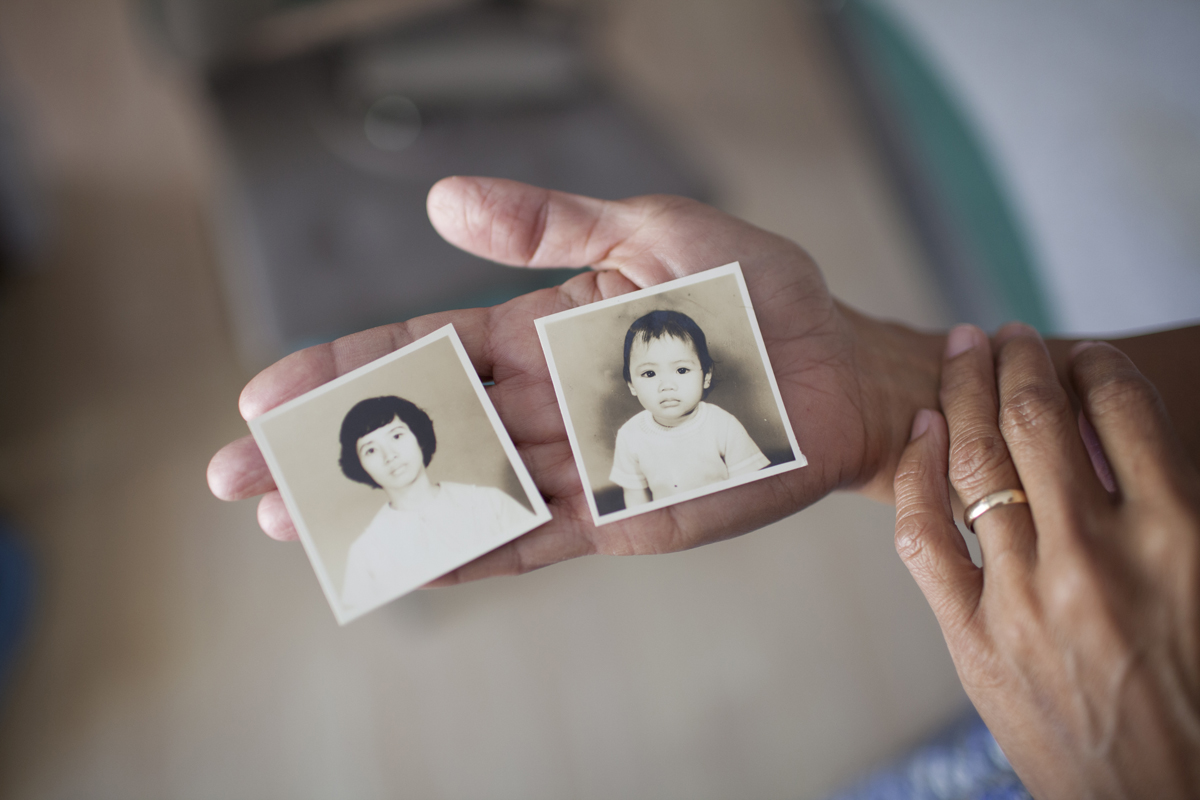How we’ve come to see immigration and its larger political narrative, and policies, is so often ham-fisted into a general categorization of feeling. It’s a strict black or white, good or bad, depending on which side you take: the idealistic, impractical open arms of liberalism, or the unfeeling, hardline conservatism devoid of any humanist element.
It’s easy to enter a project like the Asian Art Museum’s Testimony, a new exhibition focusing on immigration, with a preconceived notion of which side it takes. And indeed, San Francisco artist Eliza Gregory did intend to imbue a sense of empathy in the work, which features portraits of ten different Bay Area-based immigrants in their homes, accompanied by excerpts of interviews she conducted with them about their lives, family histories and contexts of migration.
But upon closer inspection, Testimony avoids the political clichés of a topical, immigrant-focused work; it’s guided instead by inquiry and human interest. “I don’t think I can have a political agenda that is very set and also feel genuine curiosity at the same time,” says Gregory, who chose subjects both within her own network of acquaintances and through secondhand connections.

The exhibit — featuring, alongside the interview text and plainly staged portraits, photos of their living spaces and various objects and memorabilia they own — is instead meant specifically to combat our ingrained and unspecified beliefs, to re-frame the conversations we have around immigration, Gregory says.
“This wasn’t meant to be a reactive project in any way, shape, or form,” says Marc Mayer, the museum’s senior educator of contemporary art. This show is the third part of a larger, multifaceted project the artist began in 2015, called Testimony Project. The first part interviewed service providers of immigrant communities — health care workers, attorneys, nonprofit executives — while the second documented young students relating to immigration as part of the Community Arts Internship Program at San Francisco’s Southern Exposure gallery. Gregory chronicled those public conversations at the museum in two booklets.





